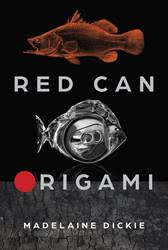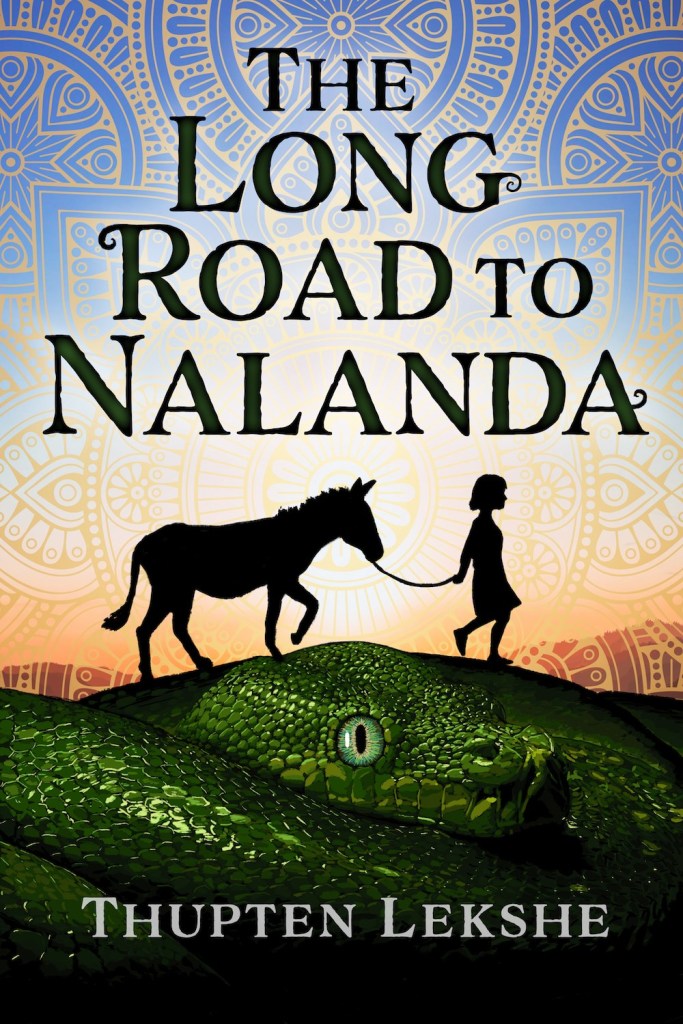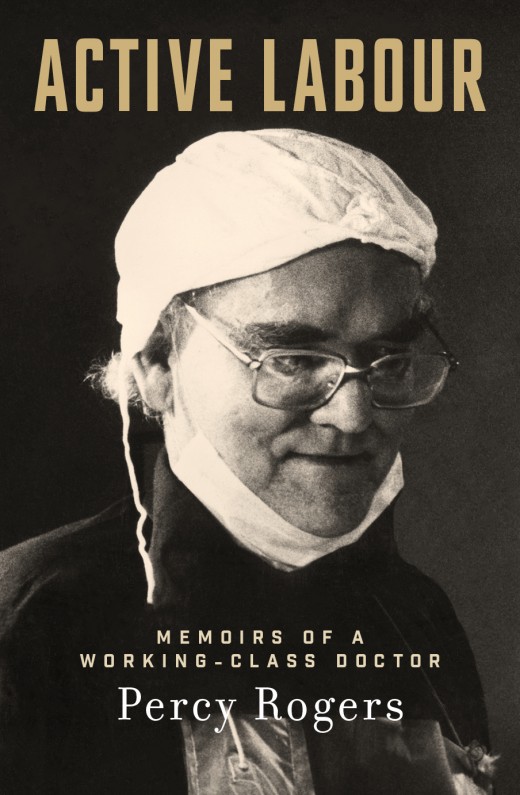This series focuses on the fine-tuning of your writing after the content has been nailed. You could call it the editing and proofreading process; I prefer to call it the finishing touches that turn your writing into a work of art: pleasing to the eye in its form, erudite in its selection of key words with ideas that flow logically, and music to the ear in its readability. I refer to the rules of English grammar, and at times, encourage rebellion. I’ll give you examples of sentence construction by famous authors; some will be baffling, and appear audacious.
Writing and editing a business letter, training manual or report requires good grammar and carefully crafted words— just as important as composing a poem. Ah, poetry . . . an art form in itself (the pure and stylised essence of what can be wrought with words). The greatest compliment for writers of prose is that their writing is labelled poetic.
Of course, the art of writing is undeniably linked with the art of reading. One’s writing improves the more one reads other writers’ work: take note of any technical aspects that you think do or don’t work (such as the overuse of commas), any musicality embedded within words which sings across the page, any sizzling openers and memorable conclusions . . . then you can evaluate the content! Keeping a journal and a pen close by (old-fashioned, I know) allows you to scribble down ideas, inspirational first sentences or glaring mistakes that editing has overlooked. Of course, the art of critical reading applies to the editing and proofreading of your own writing. After multiple readings of your work, you may (dare I say: will) need the objective ‘eye’ of an editor or proofreader.
Long and short sentences contained within paragraphs improve the look and readability of the words on the page. Virginia Woolf’s words can flow (stream) at a breathless pace down the page; Hemingway’s short sentences ‘cut to the chase’. Play around with full stops, semi-colons (which fail the aesthetic test but I’m using them more and more), colons, dashes (I’m rather partial to the look of a horizontal line breaking up words), an ellipsis (the toffy name for three dots). It’s fun creating our own signature style; dare to break the rules (although one is limited in academic writing and when a style guide has to be followed). The art of editing and proofreading another writer’s work is tricky. It’s less about being a grammar guru and arguing the point about the improper use of a dash, and more about identifying the writer’s ‘voice’ and style—encouraging consistency.
Each topic in this series will not exceed 500 words. The conscious effort to limit the number of words is frequently relevant in our writing today, whether we are writing an email, a review, a journal article, an essay, a blog post or a tweet; making every word count is essential.
Oh, my 500 words are up . . . (do you like my abrupt ending?)
The first two topics in this series are:
Throughout this series, English grammar and punctuation rules are sourced according to Australian standards (there can be significant differences internationally). I use the following as a reference:
‘Style Manual for authors, editors and printers’, 6th edition, 2002 (reprinted 2010), revised by Snooks & Co., John Wiley & Sons Australia Ltd.





